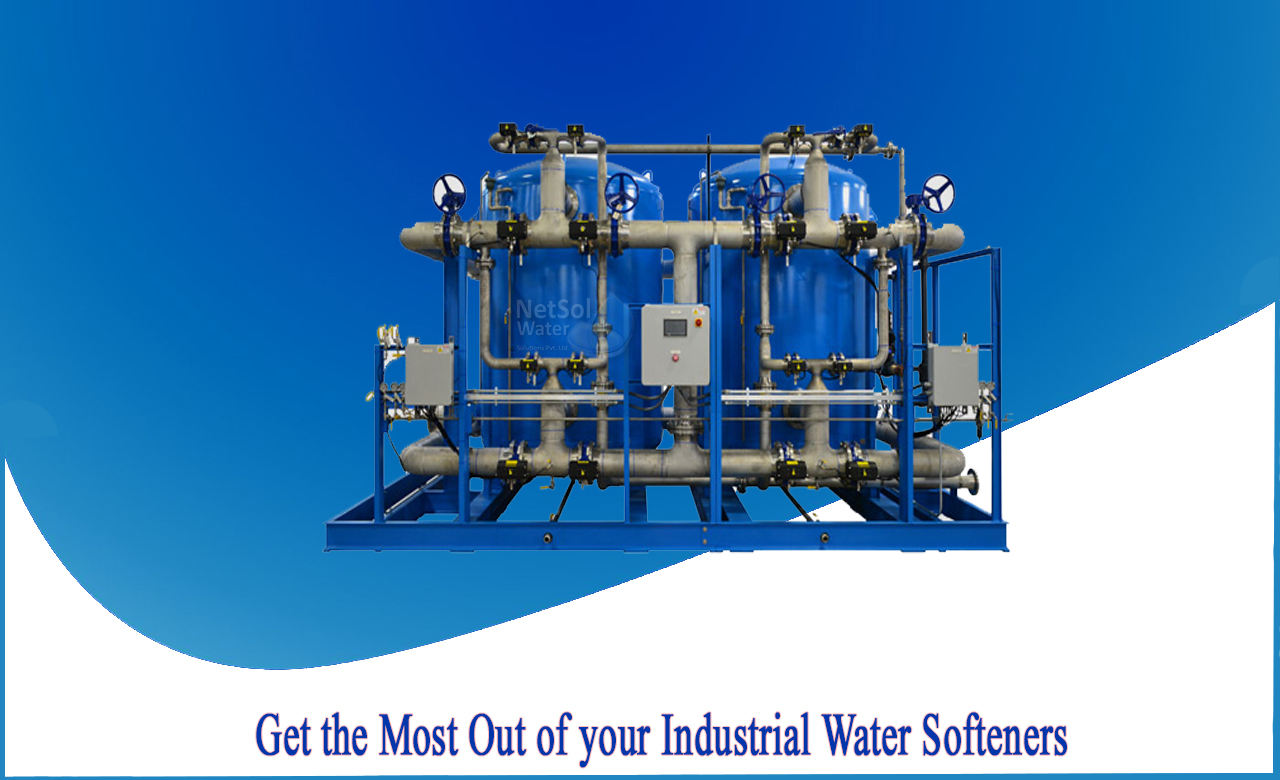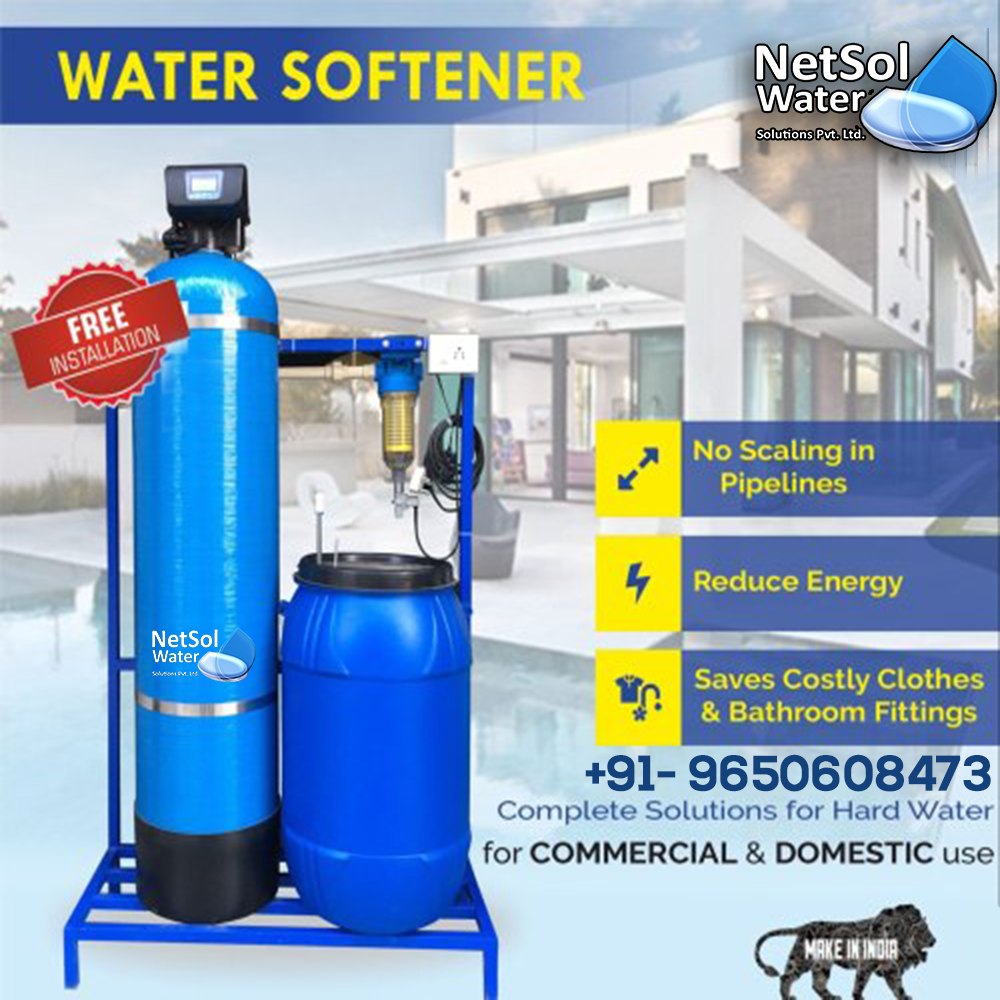How can I make my industrial Water Softener more efficient?
You might be shocked at how much a water softener's operational and material costs might add up to when compared to its initial price.Water softeners are one of the most understated equipment’s in the market. They basically hum along and perform their job, with the exception of entering your water hardness level, any regeneration timing parameters, and replacing the salt. Although they are low-maintenance, there are a few simple techniques to improve their efficiency and extend their life.
Here are some of the tips which can easily help in maintaining a water softener:
1-Salt bridges and salt mushing should be avoided:
When a hard crust forms in the brine tank, it leaves an empty area between the water and the salt, preventing the salt from dissolving into the water and producing brine. The resin beads that soften your water can't do their job without the brine. High humidity, temperature variations surrounding the water softener, and utilising the wrong sort of salt are all common reasons of bridging.
If your salt tank appears full but your water isn't soft, you may have a salt bridge. The quickest approach to check for a salt bridge is to delicately push on the top of the salt with a broom handle, applying just enough pressure to break it up if it has formed.
The more significant of the two issues is salt mushing, which occurs when dissolved salt recrystallizes and forms a muck on the brine tank's bottom. This thick layer of salt prevents the water softener from cycling through the regeneration process efficiently, leaving your water hard and clogging the tank.
2-When it comes to salt, be picky:
Water softener salt comes in three varieties: rock, solar, and evaporated. The cheapest salt, rock salt, has a larger concentration of insoluble minerals or contaminants. This can lead to a muddy tank over time, reducing softening efficiency and leaving contaminants in your water. Solar salt is made from the evaporation of saltwater and comes in both pellet and crystal form. It is far more soluble than rock salt. Evaporated salt, which is acquired by a mix of mining and evaporation, is the best alternative. With 99.99 percent sodium chloride, this is the purest kind of salt.
3-Resin bed Cleaner:
Even if your resin beads are regularly recharged by salt, flushing the resin bed with a water softener cleanser every few months will maintain it in great shape. A water softener can become clogged with iron, silt, heavy metals, and other organic compounds over time, reducing its effectiveness. Simply pour the manufacturer's recommended amount of water softener cleaning down the brine well and renew the system manually to limit the incidence of ineffective resin.
The cleanser is subsequently flushed out during the water softening cycle's normal flushing operation. This activity keeps the resin "clean" and allows it to absorb as much calcium and magnesium as possible for the duration of its life.
4-The venturi valve should be cleaned:
During the regeneration cycle, the venturi and nozzle provide suction to transport brine from the brine tank to the resin tank. As a result, the venturi valve can become clogged with sand, sediment, and dirt, making it necessary to keep the valve clean in order for the water softener to function correctly. Simply detach the valve cover (no special tools are required) and remove the internal components, washing them well in soapy water. To keep the water softening process running smoothly and efficiently, repeat this procedure twice a year.
By periodically giving your water softener a check-up, you’ll keep it running smoothly and achieve maximum benefits from your industrial water softening processes.




